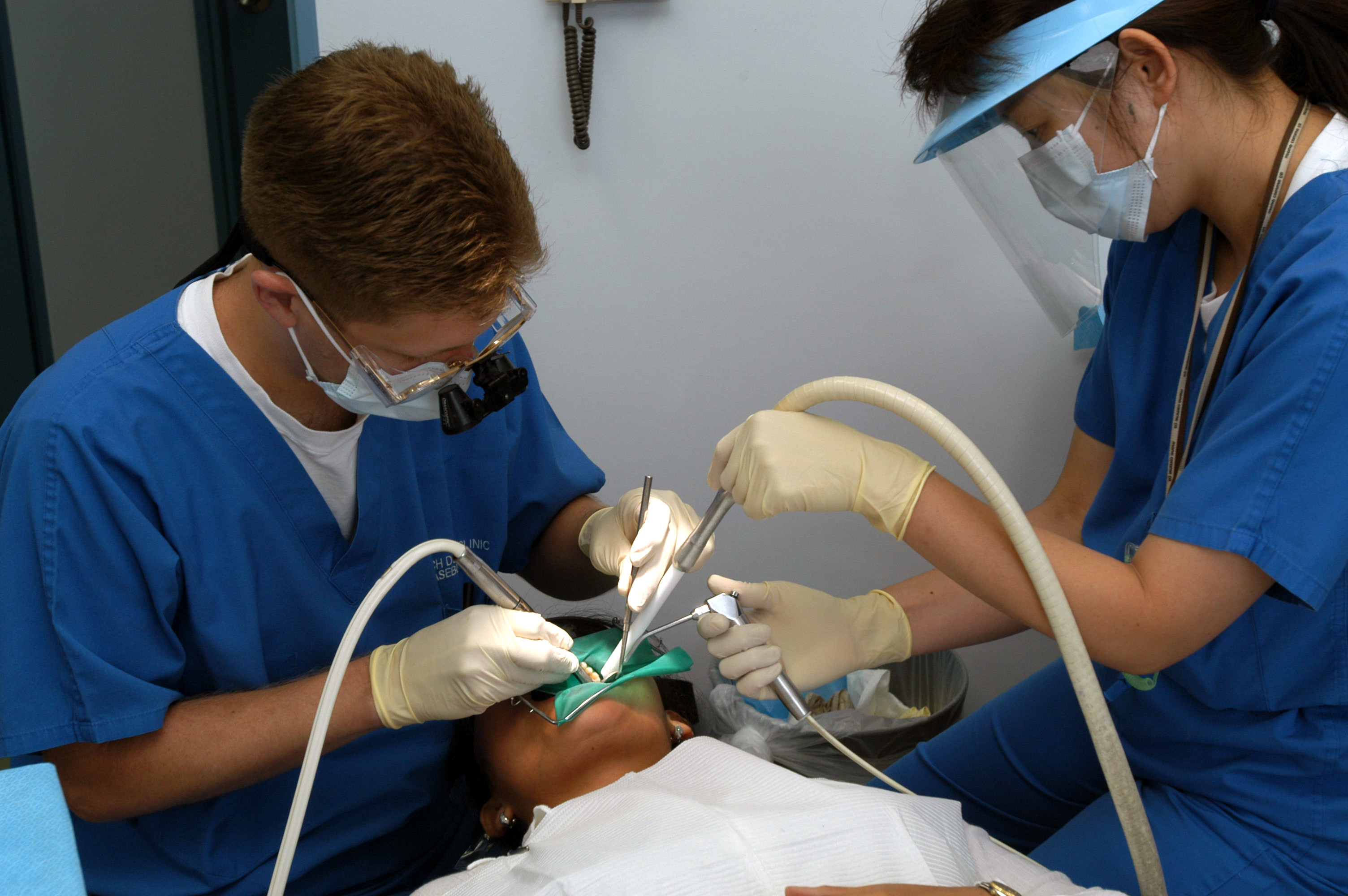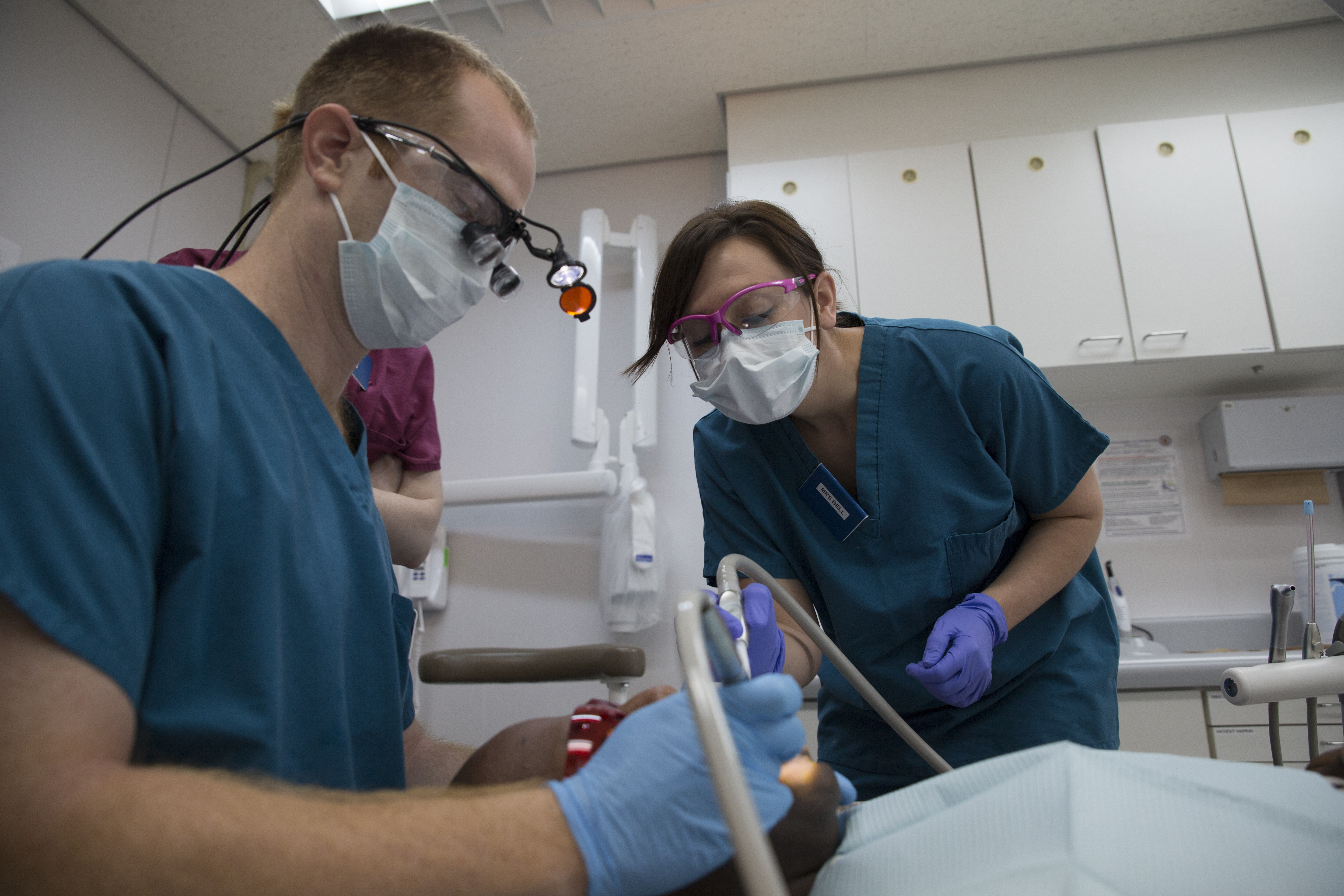Electronic Health Records Program
An electronic health record is the systematized collection of patient and population electronically stored health information in a digital format. These records can be shared across different health care settings. Records are shared through network-connected, enterprise-wide information systems or other information networks and exchanges. EHRs may include a range of data, including demographics, medical history, medication and allergies, immunization status, laboratory test results, radiology images, vital signs, personal statistics like age and weight, and billing information.
The Electronic Health Records Program prepares the student to Explore the history and current use of patient health records, their importance to individuals’ health, and their contribution to the healthcare system. Become familiar with Medical Terminology and the content of a typical electronic health record (EHR). Definedocumentation andexplain who documents in the medical record. Discuss ownership of the health record. Discuss ownership of the health record. List and explain the eight core functions of an EHR. Describe the basic functions and advanced clinical decision support features of EHR software. Define practice management software and explain how it is used with the system. Describe advantages and disadvantages of EHR systems. Discuss EHR adoption rates and who is using EHR systems. Identify the roles of various healthcare professionals in implementing an EHR system. Investigate various professional organizations aimed at promoting the use of EHR systems.
In this context, the student will have the opportunity to learn about the history and contents of the medical record. advantages and disadvantage of the electronic health record. Students will also learn the core functions of electronic health records and certifying bodies. Students will have the opportunity to learn about the role of the healthcare professional using the EHR.
Electronic Health Records (EHRs) are the first step to transformed health care. The benefits of electronic health records include: Better health care by improving all aspects of patient care, including safety, effectiveness, patient-centeredness, communication, education, timeliness, efficiency, and equity.
Prerequisites
- The applicant must be 17 years of age
- The applicant must have a high school diploma, GED or pass a VMI entrance exam
- The applicant must fill out an enrollment agreement and school application
- The course is taught in English; therefore the applicant must be able to read and understand English
- Applicant must be aware of the deadline for enrollment is one week before the start of classes.
Financial Information
Registration Fee (non-refundable) – $300.00
Tuition $950.00
Textbooks (non-refundable) $250.00
CEHRS National $117.00
TOTAL: $1617.00



